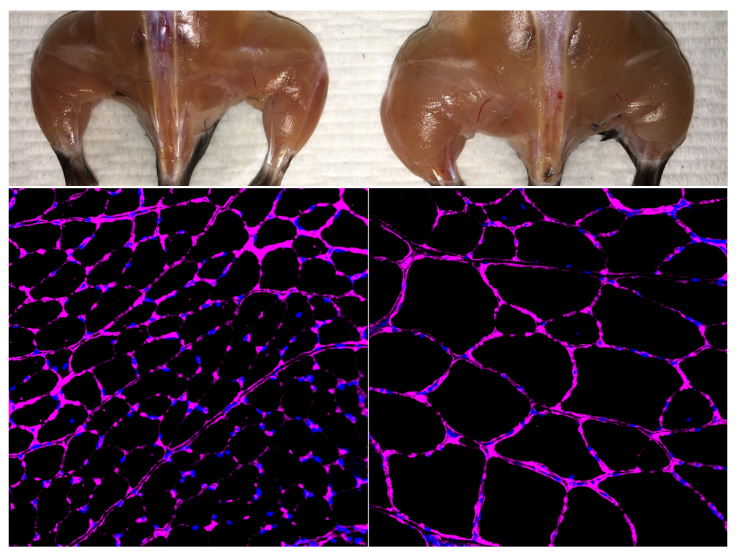Modified CRISPR Allows Activating Genes Without Editing DNA, Tested Successfully On Mice

DNA forms the building blocks of life. They contain the genetic code that makes you uniquely you. As science developed, studying, understanding and modifying genetic material led to several fascinating findings about the human body and its workings. It is long known this genetic material, when unlocked, contains the history of a body’s ailments and how they were countered.
Manipulating these genomes have shown considerable changes in the host bodies. Scientists for several decades were working with animals and successful cloned many of them using only genetic material. The next step, they believe, is using a person’s genes to fight diseases in the body.
Taking this idea forward, a group of researchers have used new and potentially path-breaking technology called CRISPR gene editing to try and manipulate our genetic code to reverse diseases and their effects on the body.
The new development takes advantage of CRISPR/Cas9, a primitive bacterial immune system that cuts a DNA strand in a specific place and relies on the cell’s own DNA-repair apparatus to fix the damage. Researchers are trying to use this property of the CRISPR immune response to help edit the sequence of a gene, thereby changing it.
In a paper published in the journal Cell on Dec. 7, researchers from the Salk Institute demonstrated they could use a CRISPR-based tool in mice to edit the epigenome, the chemicals that dictate the functions of a genome, and change the behavior and function of the animal.
The study said they were able to improve kidney function in mice with damage to the organ induced for the sake of study (not mice with prior kidney difficulties). The team also found they could go as far as turning cells from one organ into those of another organ. They turned the liver cells of a mouse with type-1 diabetes into insulin-producing pancreas cells. The scientists also modified muscle cells and improved the strength of animals, effectively creating supermice. Cue Tim Burton-inspired Pied Piper-ish dreams.

“It’s the first time we can, in an animal, observe a phenotype and cure a disease” with CRISPR-based epigenetic editing tools, said the study’s lead author Juan Carlos Izpisua Belmonte of the Salk Institute, in a press release on their website .
The team kept in mind the intricacy of the procedure. There were lots of extra factors that affect what happens to DNA, how proteins are made from it and how the newly added parts react differently and cause changes, according to the study.
The researchers used mice engineered to produce the CRISPR-associated Cas9 protein needed for genome editing. Using this, they could direct a cell to amp up the process of making proteins from those genes to improve function.
The team was able to perform this for different diseases in mice. Using epigenetic editing, they were able to affect cells with different diseases. According to the team, this “definitely would indicate [the tool is] easy to repurpose for new applications.”
“We were very excited when we saw the results in mice,” added Fumiyuki Hatanaka, a research associate in the lab and co–first author of the paper. “We can induce gene activation and at the same time see physiological changes.”
© Copyright IBTimes 2024. All rights reserved.




















